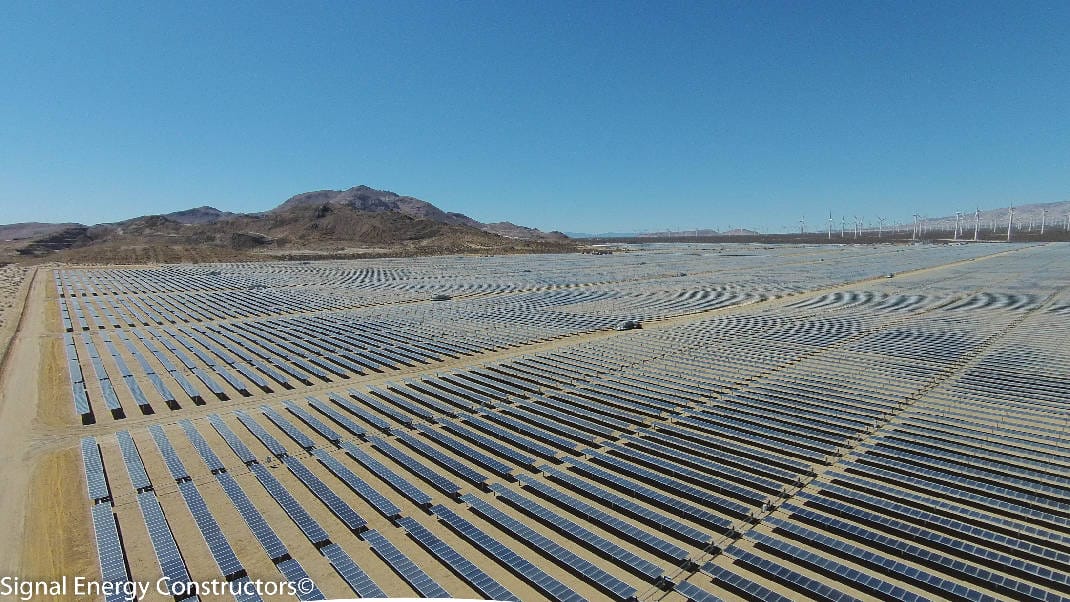If the electricity to your home goes down, most electricity utilities don’t know. The reason is that most hardware in between the electricity generation plant and your home is not communicating anything back to operators. Most hardware is of similar design to the times of Tesla and Edison.
“Communication today with DER is really low-tech. It’s phone and it’s emails,” said Matthew Glasser, a director at Consolidated Edison.
On the one hand, this is probably a net benefit for now as hackers would have long wreaked havoc…but this is changing – slowly though, as how to implement these technologies is going to be challenging.
Its changing because distributed generation is pushing efficiency and working its way into the largest scale of energy development, and utilities are legally obligated to evolve and keep up. The rules aren’t made yet, but smart people are debating them. Look for the biggest players to in expand large scale, broad market distributed generation installations.
SOURCE: While smart technologies exist to measure DER output to the grid, the level of adoption isn’t where utilities and grid operators need it to be, said Doug Parker, a director at Southern California Edison.
“On the distributed system, we’re still at the early phases of starting to modernize the grid,” said Parker. “So you wouldn’t want to put rules out there that require a level of coordination that cannot be supported by actual operative data.”
FERC passed a rule in February that requires each regional transmission organization (RTO) and independent system operator (ISO) to create rules for energy storage to participate in wholesale markets. The proposed rule originally included a section on how to address aggregated DERs, but the commission opted to postpone the decision until it gathered more information from stakeholders.
How FERC decides to solve the DER data problem is anyone’s guess.
